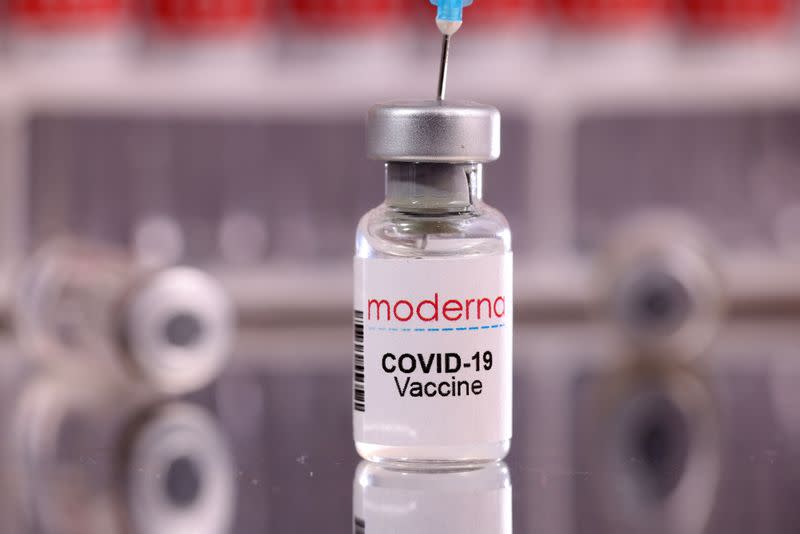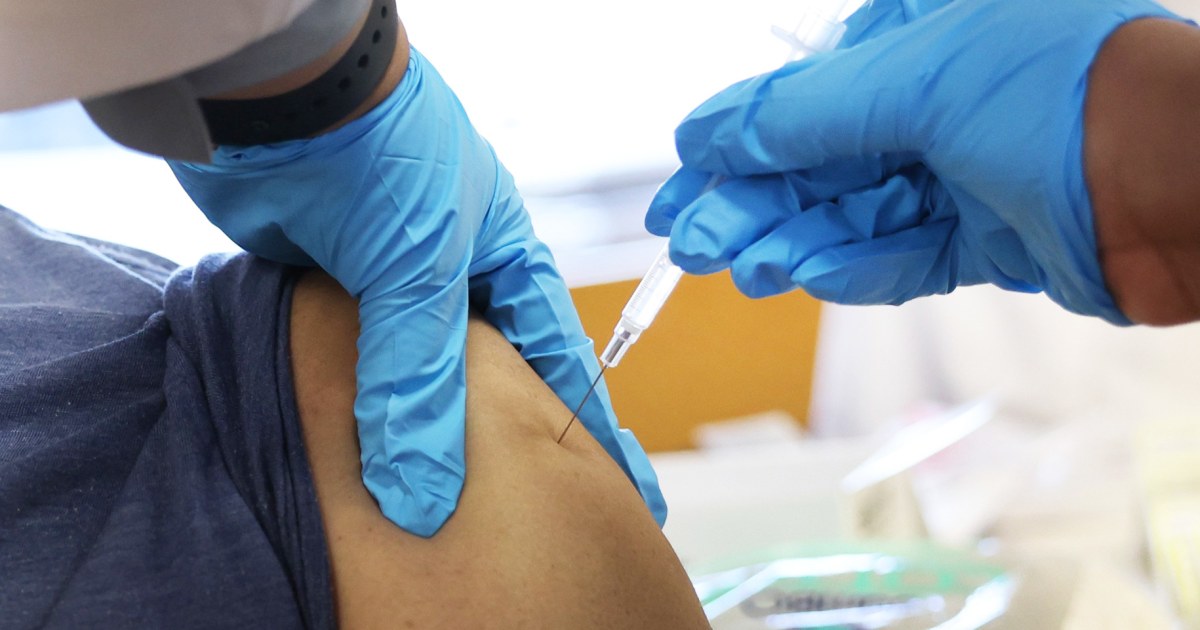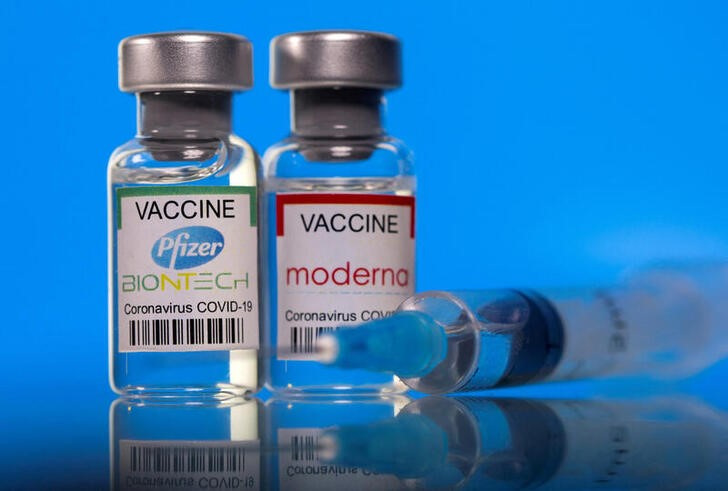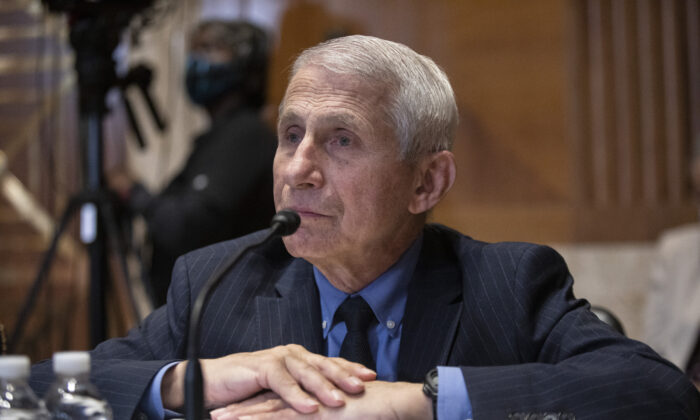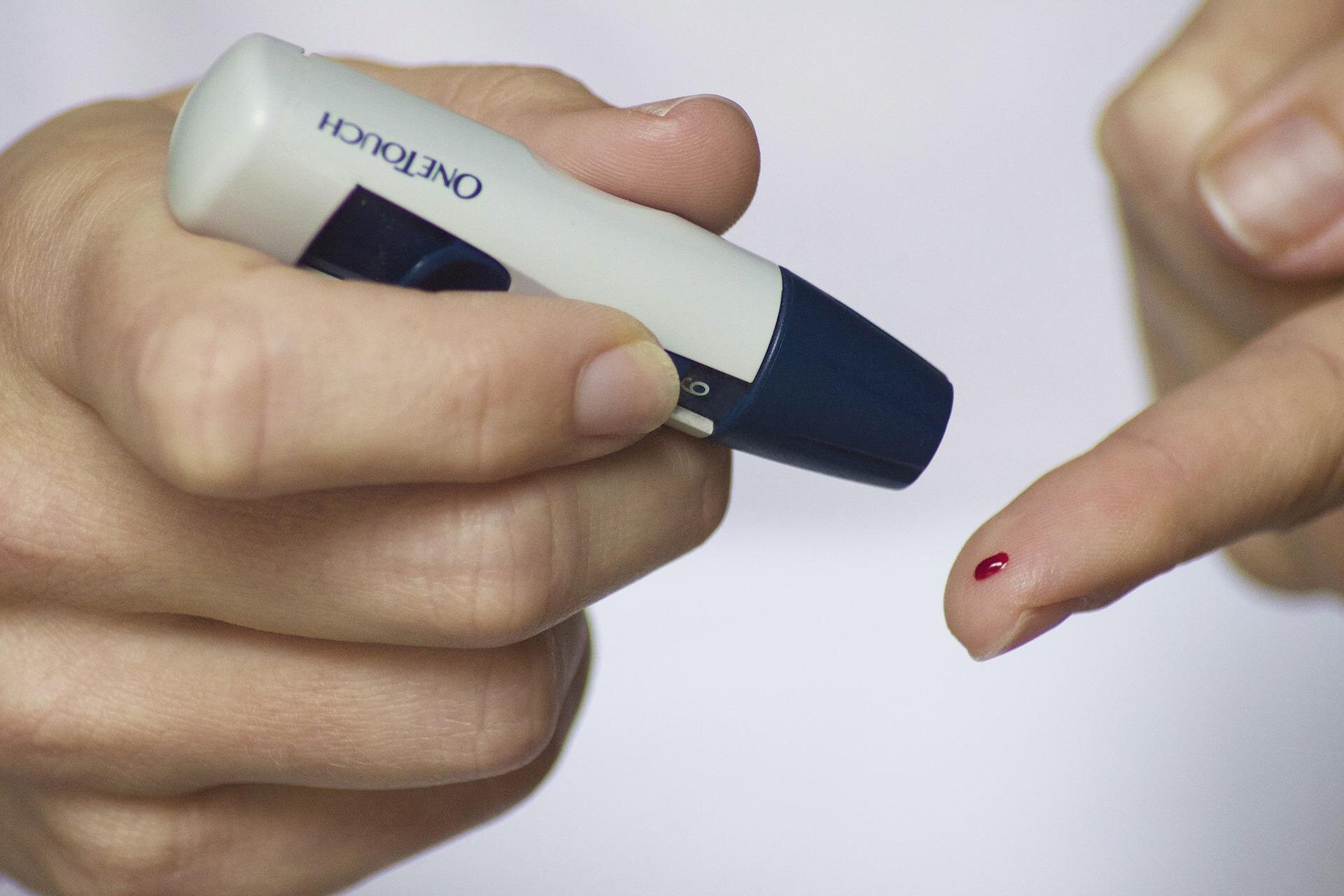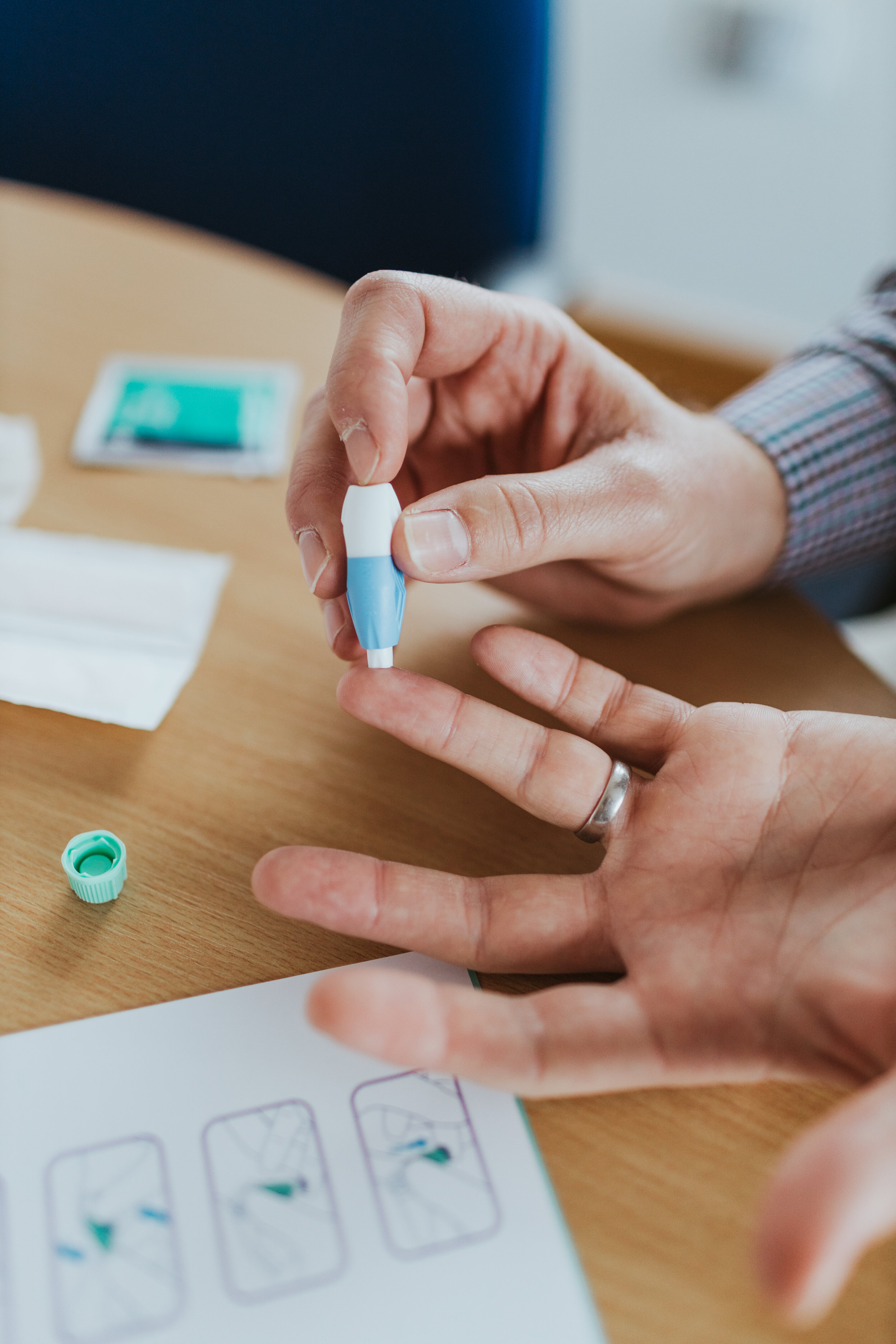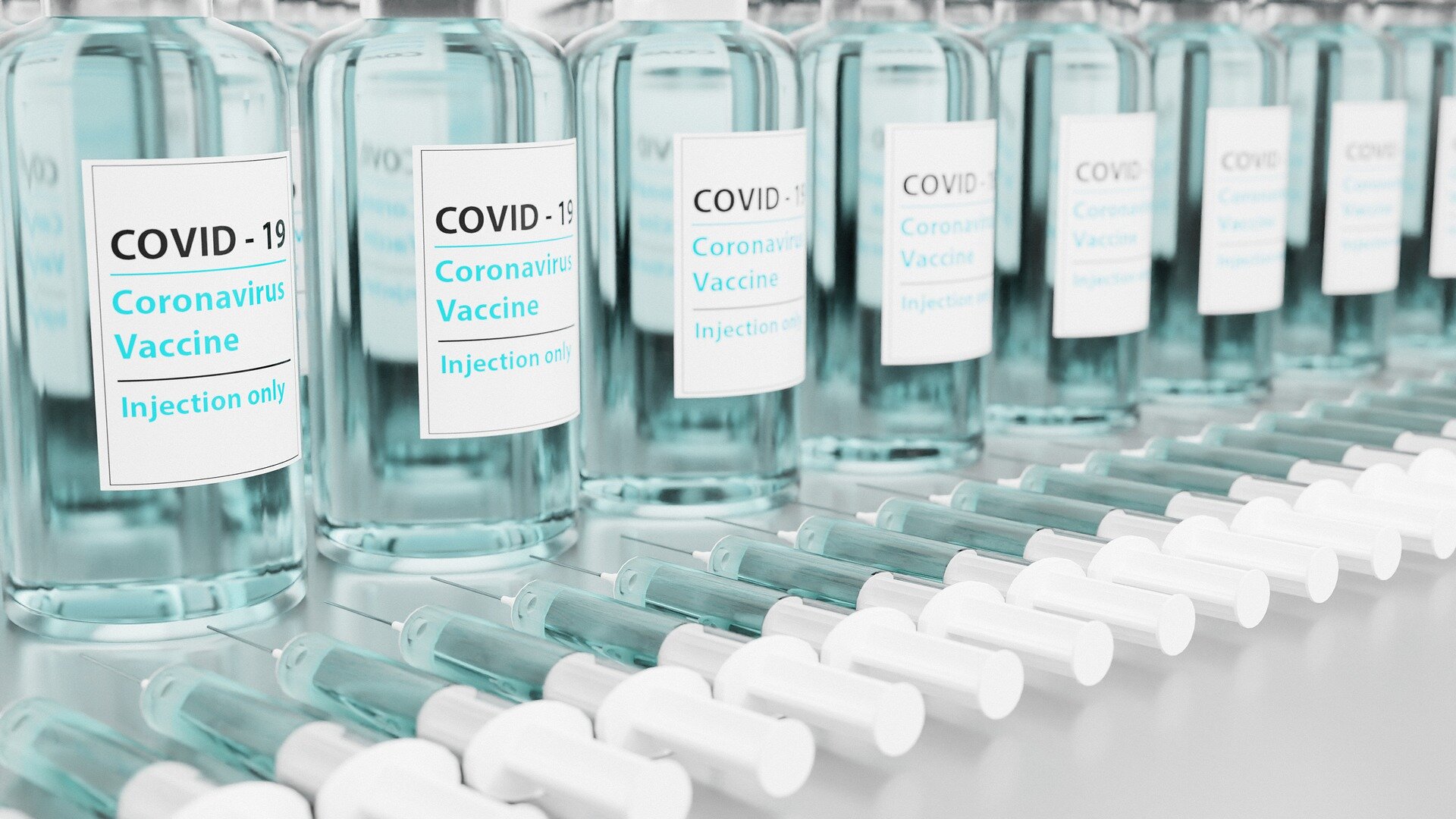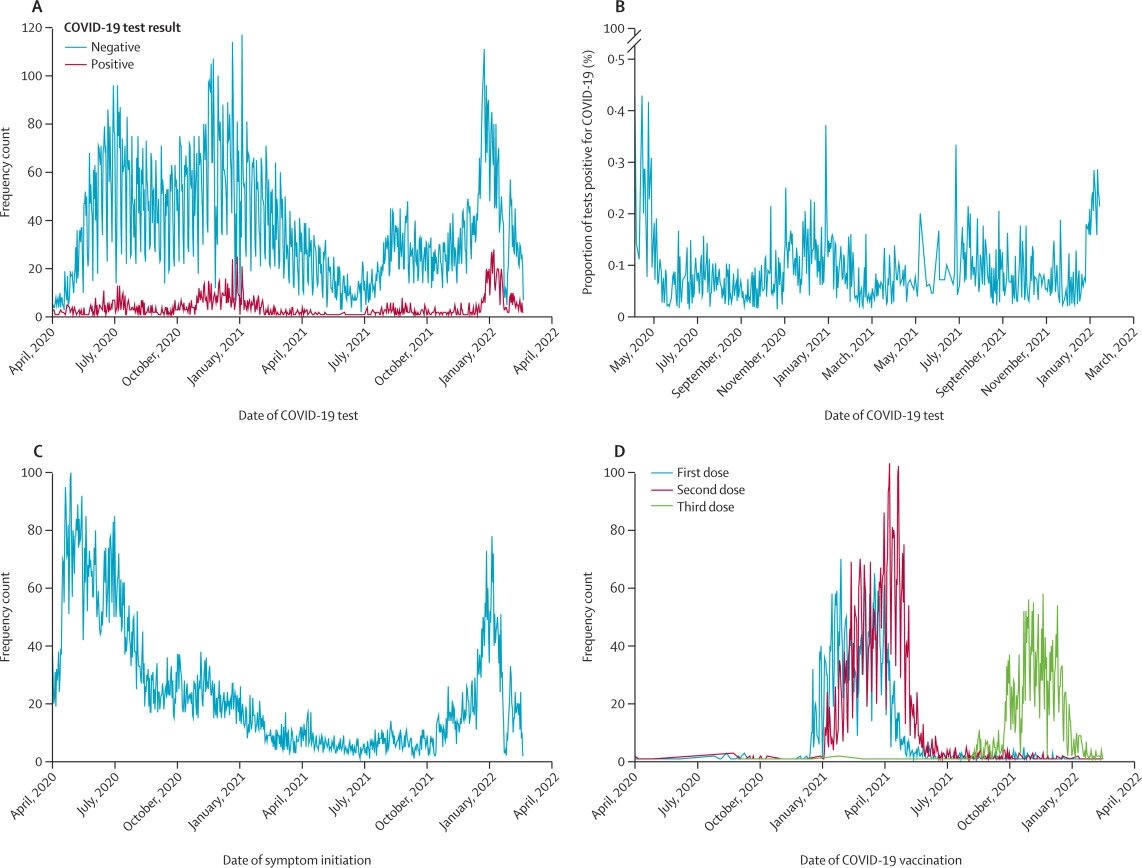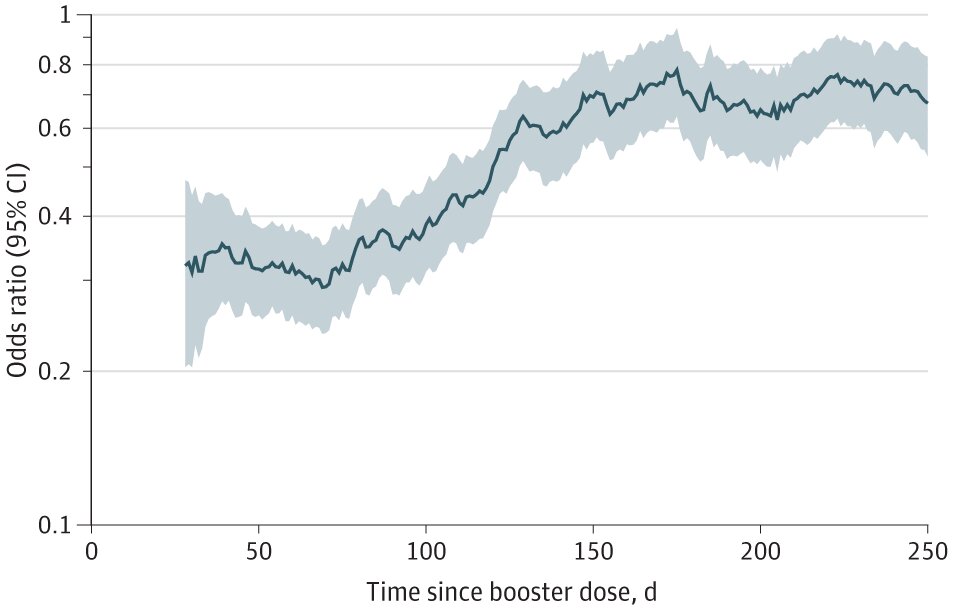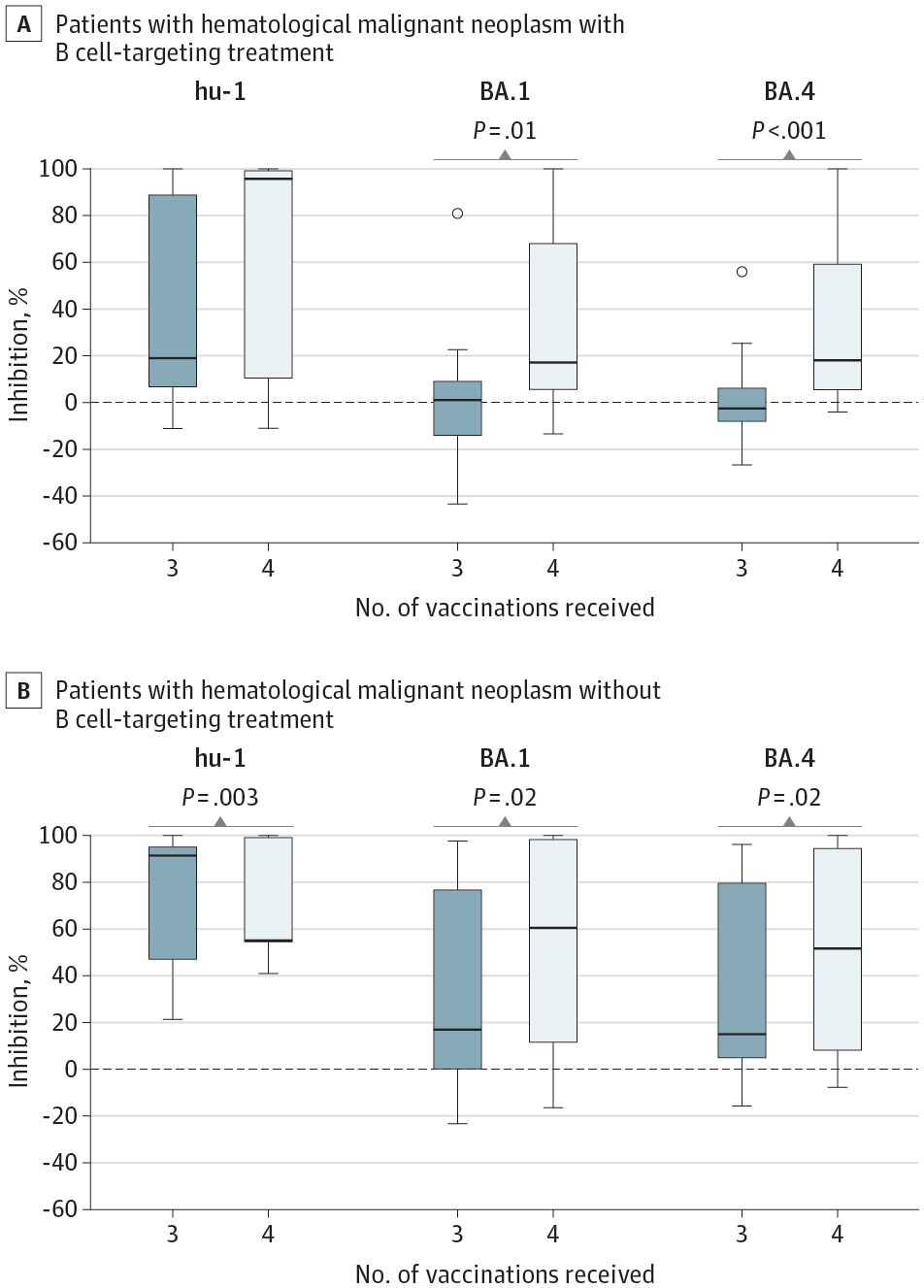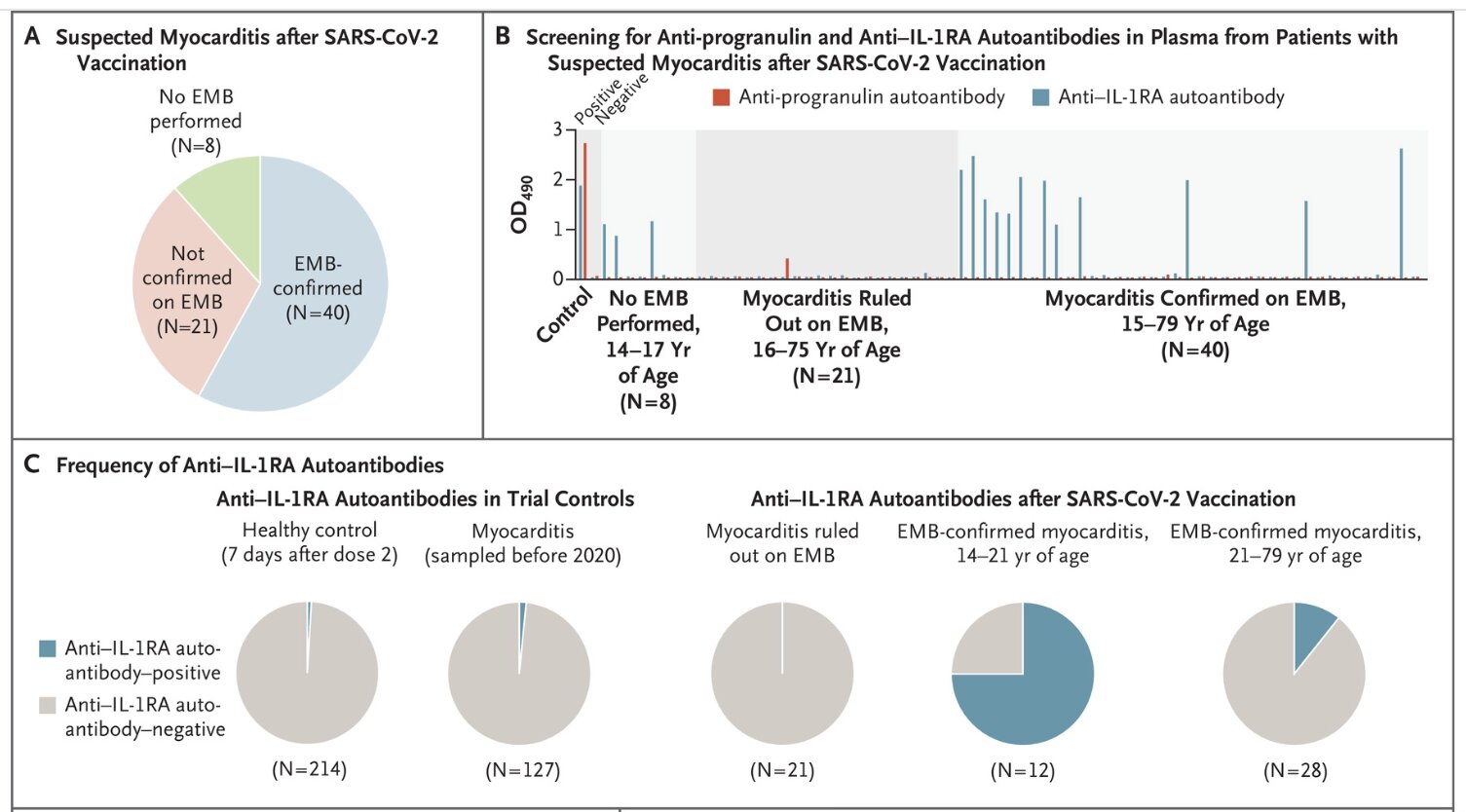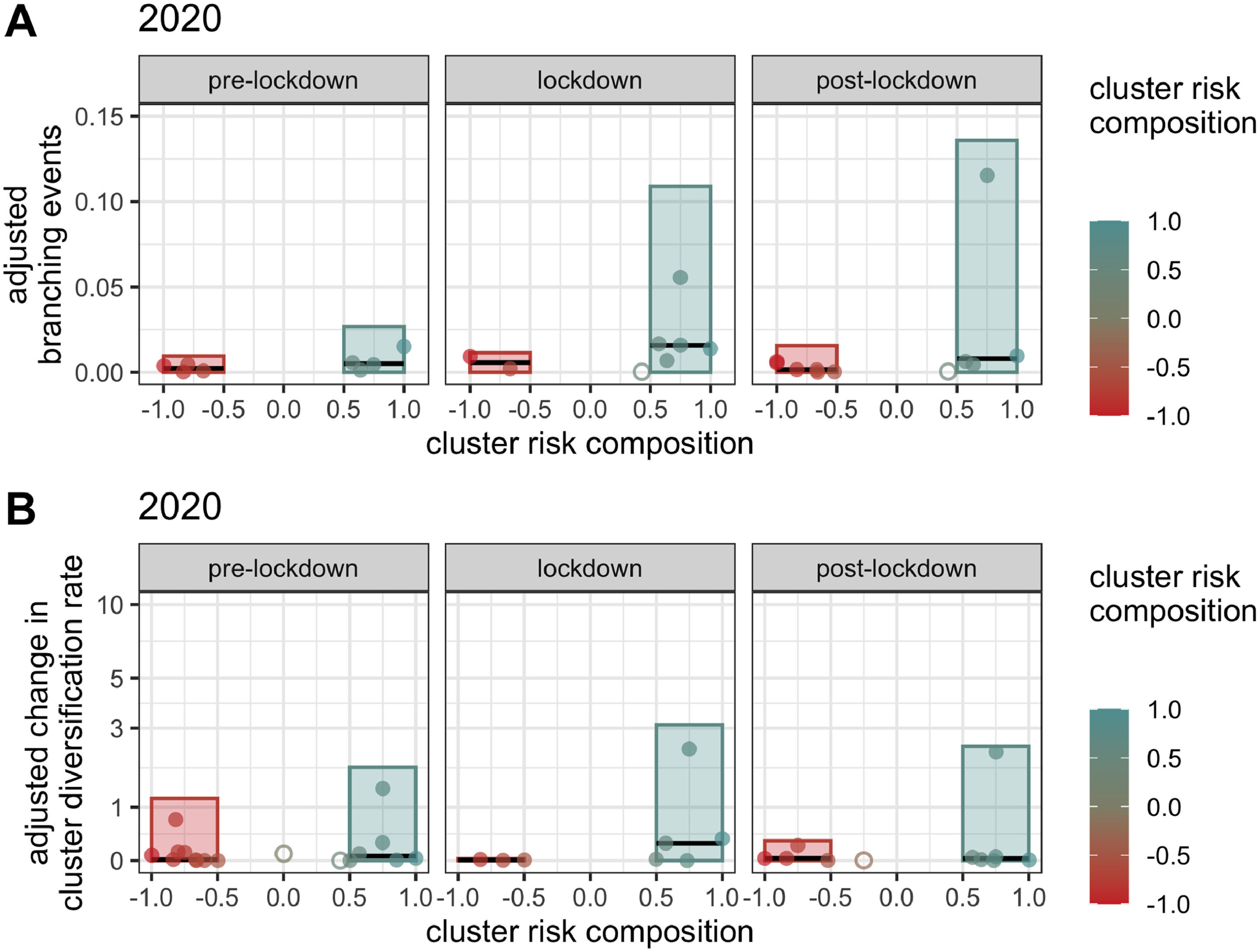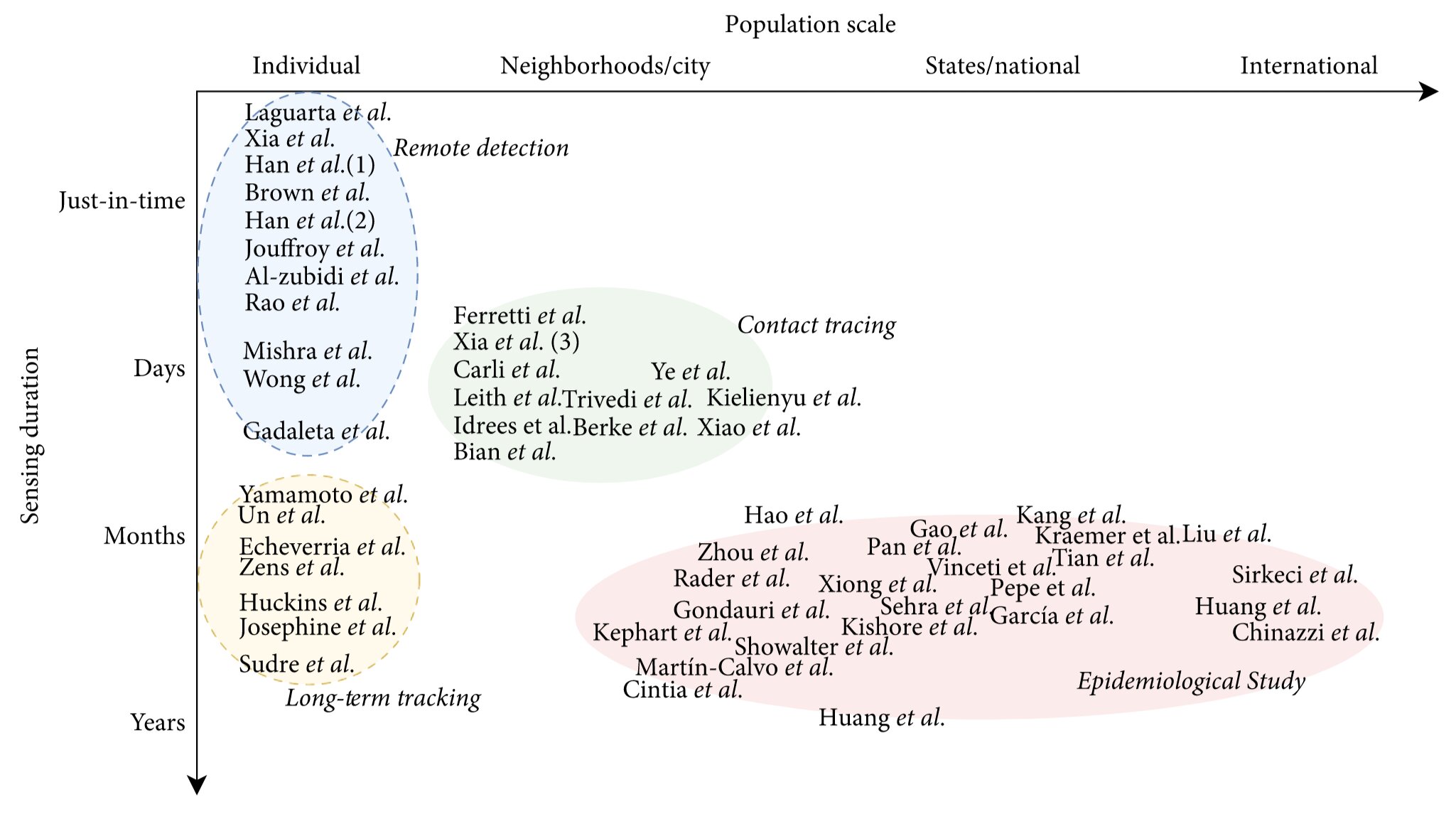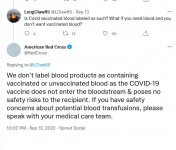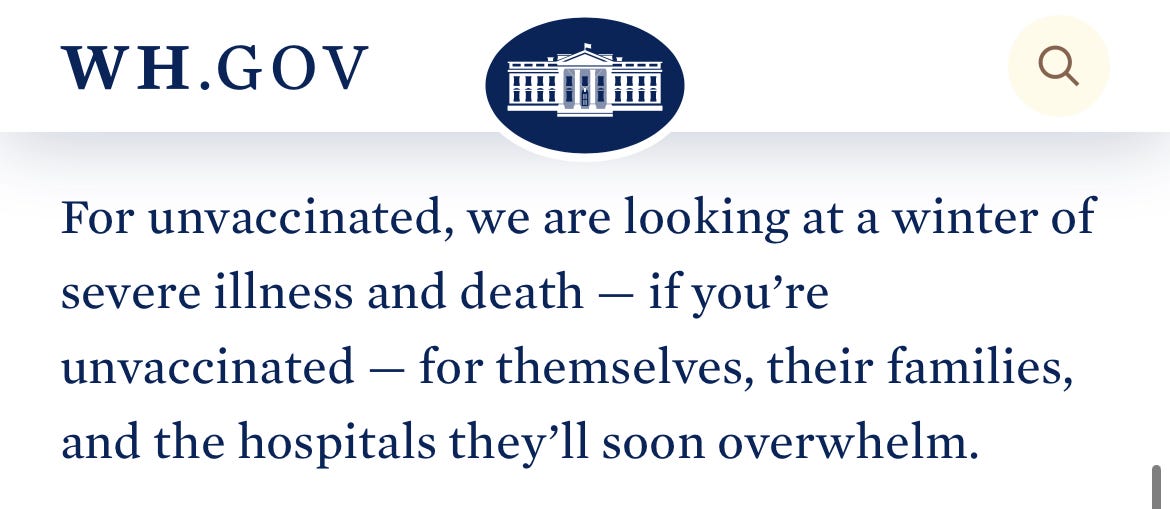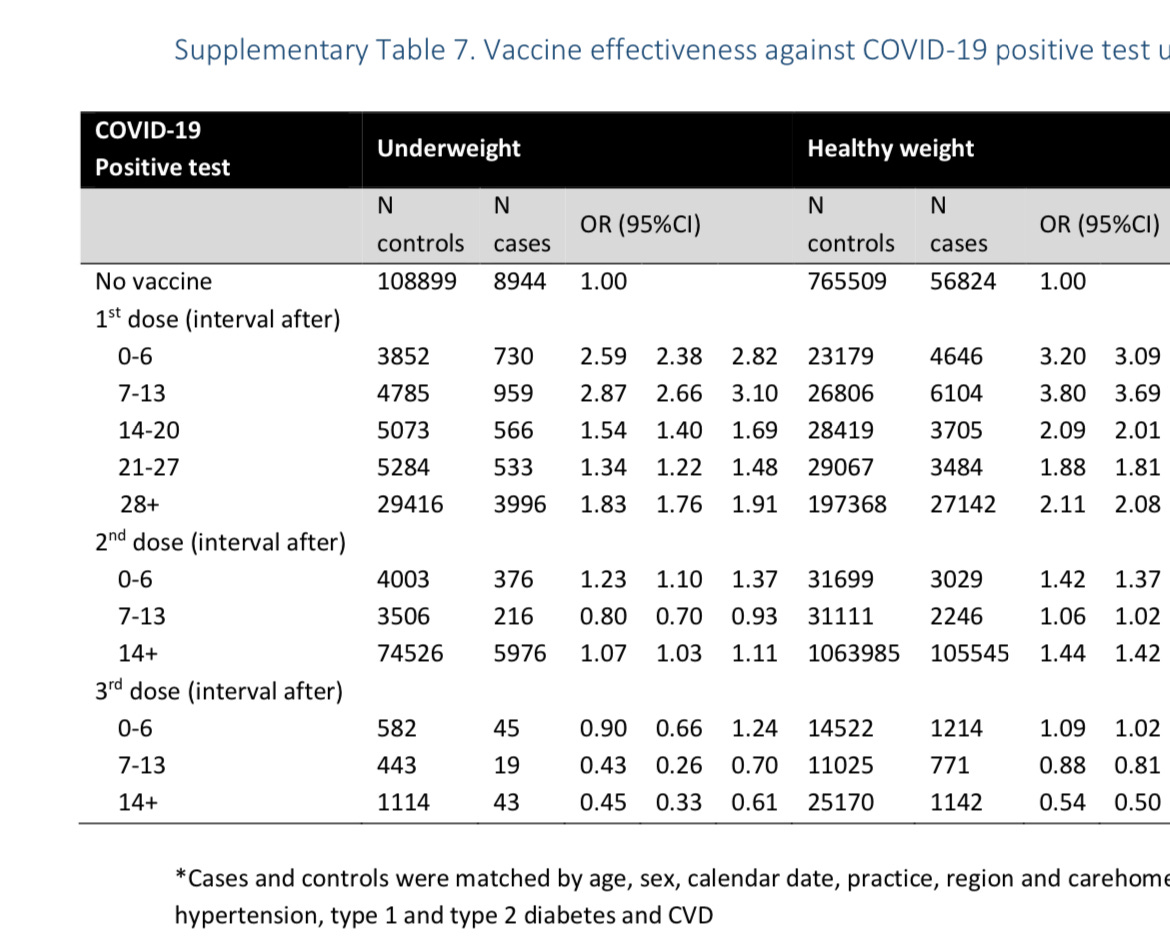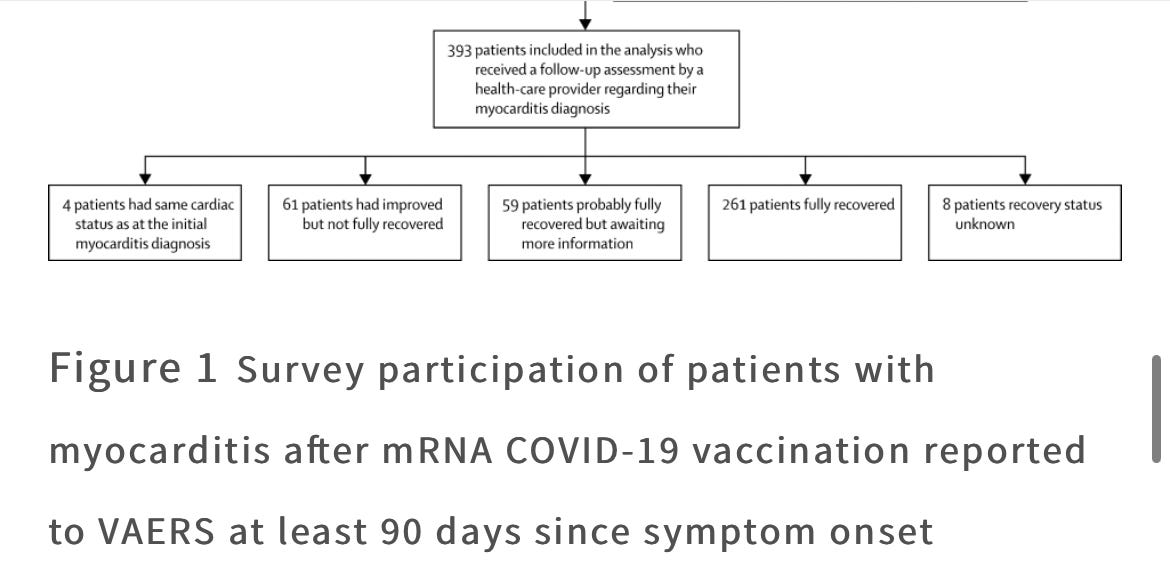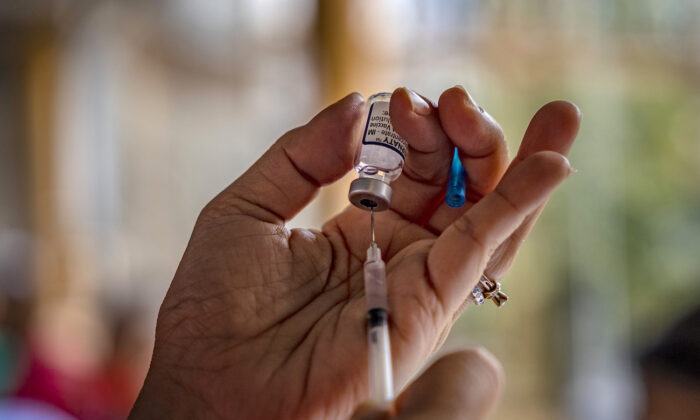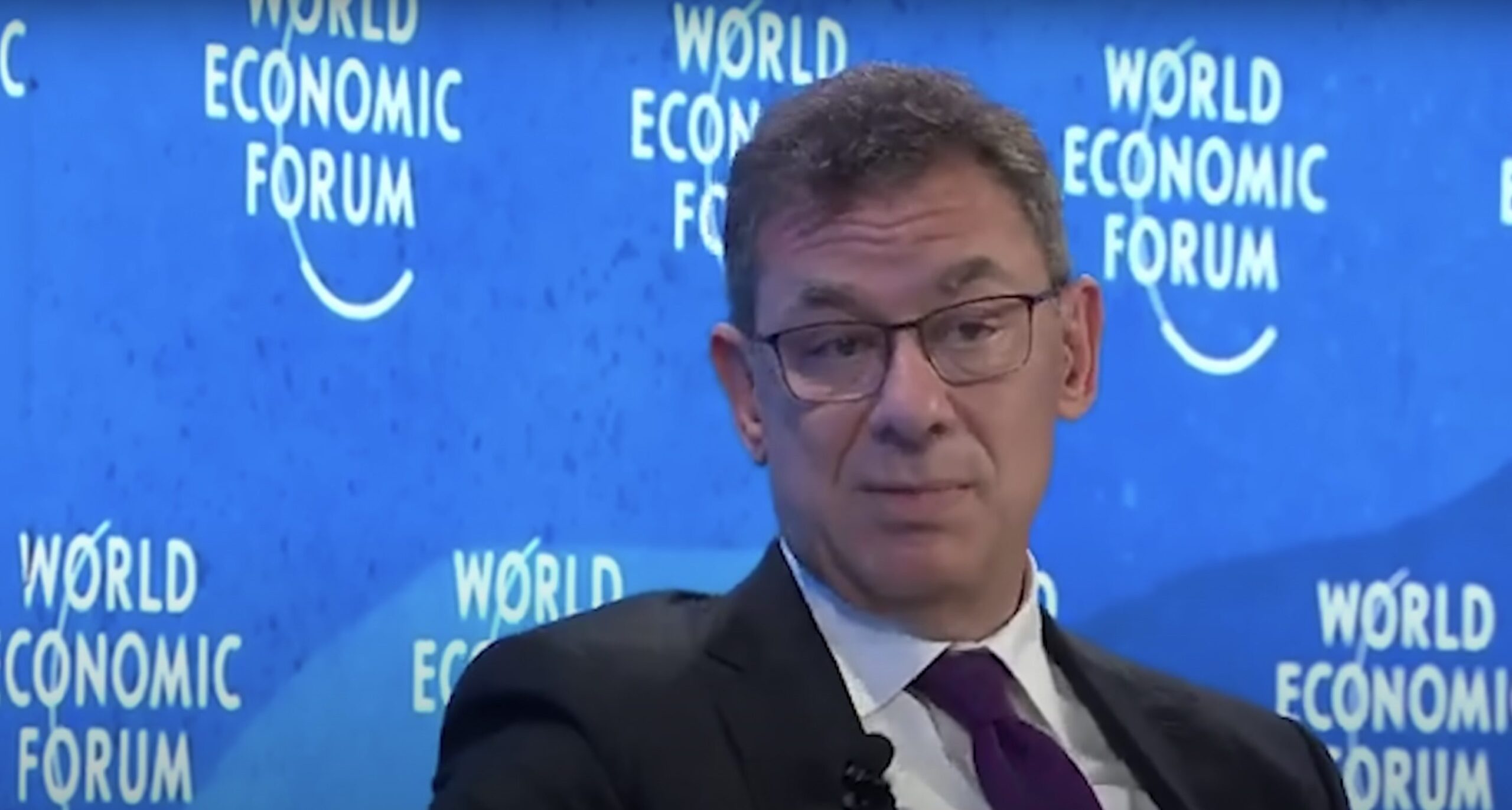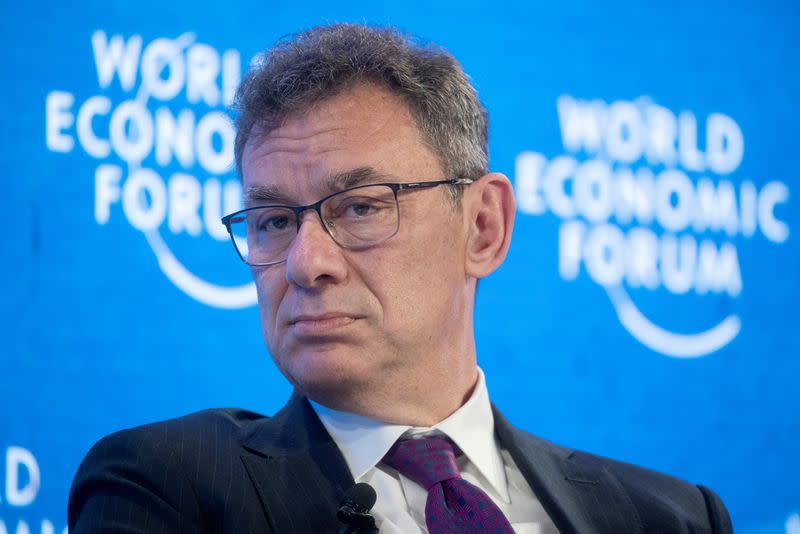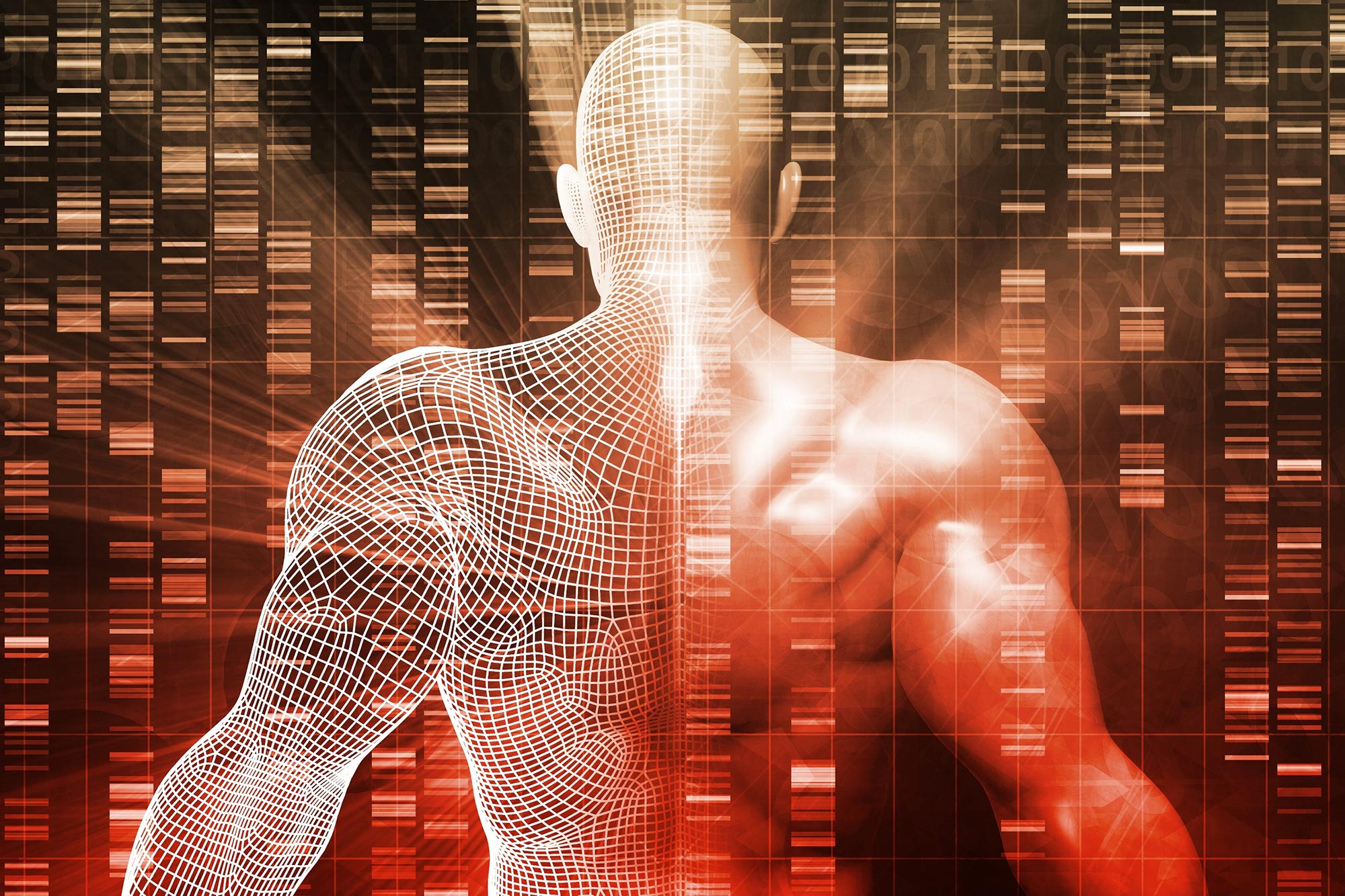Twenty people who were harmed by Covid-19 vaccines came to Washington D.C. this week—sick, bereaved, from a dozen states—seeking help from the U.S. Food and Drug Administration. This is what they got: One hour with the top vaccine official in the United States—in a Zoom call to their hotel...
www.trialsitenews.com
(fair use applies)
FDA to Vax Injured: We Got Nothin’
Mary Beth Pfeiffer
Sep. 22, 2022, 7:30 p.m.
Twenty people who were harmed by Covid-19 vaccines came to Washington D.C. this week—sick, bereaved, from a dozen states—seeking help from the U.S. Food and Drug Administration.
This is what they got: One hour with the top vaccine official in the United States—in a Zoom call to their hotel conference room.
Two had lost sons, 16 and 34 years old, soon after their shots. Three were in wheelchairs, including a girl, 14. A surgeon, nurse practitioner, teacher, and most others can no longer work. Once healthy and fit, many had been eager to be vaccinated.
“They were hiding behind a monitor,” said Brianne Dressen, 41, a Utah mother of two who was incapacitated in a vaccine trial for which she enthusiastically volunteered in November 2020. “All of us, we came out here, and Peter Marks could not get out of his house and meet with us.”
The virtual meeting, which I sat in on, was punctuated by FDA language that the attendees told me they had heard in five such meetings before, specifically about the connection between their suffering and Covid vaccinations.
“The data is not sufficiently robust,” Dr. Peter Marks said repeatedly. “With these low rates, it’s very hard to know what you’re looking at.” The word “rare” was used, and, of course, the phrase “1 in a million.”
And then there was this: “That’s not to say we won’t continue to look.”
Beyond telling several wrenching stories, these debilitated Americans, part of a patient advocacy group called React19, urged the agency to alert doctors to a devastating condition called multisystem inflammatory syndrome, particularly in children. React 19’s website lists about 30 science articles on potential vaccine-related MIS, calling it “a poorly understood, underreported, hyperinflammation of multiple organ systems.” The Covid-associated syndrome may also occur after vaccination, the group argued, and, may go unrecognized.
The Covid Factor
The MIS debate has parallels to another vaccine injury, myocarditis, that claimed the life of Ernesto Ramirez Jr., 16, five days after his Pfizer mRNA shot. The boy’s father, Ernesto Sr., has campaigned to gain recognition for the condition, with an FDA official telling him at one point, “This is a situation we are all going through.” Maybe so.
But as myocarditis cases piled up, the government’s denial of vaccine-caused heart damage was intense. A major paper was withdrawn under pressure, and a Centers for Disease Control article disputed the vaccine role in the deaths of two boys. Today, the CDC acknowledges the vaccine-myocarditis link, even if asserting it is “rarely” reported. Doctors know now to look for it. Research has suggested it is more prevalent than first thought.
On multisystem inflammatory syndrome, the FDA Zoom meeting ultimately turned on a simple question: How many pediatric cases, of a condition that cripples multiple bodily systems, are too many?
But here’s the rub. If a disabled child with MIS had a hint of having had Covid—a common reality of a highly imperfect vaccine—the case is tossed to the “not-the-vaccine” pile.
According to Marks, 58 vaccinated children, 5 to 11 years old, have been diagnosed with the inflammatory syndrome, which, research shows, puts nearly 60 percent in intensive care units and involves heart, kidney, respiratory and blood damage. However, of those 58, Marks told the group, 54 had “laboratory evidence” of prior Covid. Two did not; two were “unclear.” The 54 were discounted.
“At the end of the day, given 7.3 million (vaccinated) children involved here,” Marks said, “it was impossible to make a clear association.”
He pointed to a recent Lancet article that found 21 cases among 12-to-20-years-olds, but concluded, as with myocarditis, the condition was “rare.”
“The (MIS) association is too weak…either in adults or in children,” Marks said.
Joel Wallskog, co-chair of React19, is a Milwaukee orthopedist who performed 850 surgeries a year before the unthinkable happened from a shot in the arm. At 52, he is retired because he cannot stand steady enough to wield a scalpel.
“It’s truly an unfortunate waste of time to meet with them,” he said of the meeting.
Asked Dressen in an email to Marks: “How many cases of MIS are needed before MIS is listed on the vaccine safety label?”
Fighting for Recognition
These vaccine-injured people are among some 20,000 people in quickly growing social media groups. For more than two years, they have been ostracized socially; refused medical help under the “safe-and-effective” dictum; plied with drugs to help them sleep, walk, think and talk; and told, some of them, that they were suffering pandemic-related anxiety or psychosis. Mona Hasegawa, 43, injured after her first shot, was called a “conspiracy theorist” by a hospital doctor.
A few of them are better. No one has recovered from a hastily tested vaccine given to hundreds of millions under emergency-use authorization that has yet to be withdrawn.
A single video, shared with me by a bereaved mother, captured a sliver of the group’s pain. A propped cell phone shows a couple dancing in a sunlit living room to Roy Orbison’s “Only The Lonely.” They gently twirl, laugh, embrace. At 2 a.m. that night, May 6, 2021, Victor Castillo Simoes, 34, suffered severe chest pain and jaw numbness; he collapsed as help arrived. It had been 16 days since his first Pfizer shot.
Studies showed Simoes died of aortic dissection, or tearing; his blood was littered with severe inflammatory markers that have been associated with the Covid and vaccine spike protein. Tragically, Simoes had discussed marriage with his girlfriend, Rayssa, that evening; his mother, Henrietta Simoes, said he had even named his future children.
A grief-stricken Mrs. Simoes, of New York state, reported her son’s “adverse event” to the CDC tracking system, among more than 14,000 domestic Covid vaccine deaths reported to date.
“I was profoundly shocked when no one from the CDC or FDA reached out to me to investigate my son’s death and possible safety problems with the vaccine,” she said in the virtual call with the FDA. “How can you help me?” she pleaded. “Please learn from the mistakes that have been made.”
FDA’s Marks paused and responded, “Thanks for sharing that. I’m so sorry for your loss.”
And so it went.
After suffering numbness, tingling and other severe neurological issues within 20 minutes of his first injection, New York City nurse practitioner Shaun Barcavage, 52, was advised by a neurologist to get a second shot. It might calm things, it was suggested, but it didn’t.
“That set me on fire,” he told Marks. Barcavage had tremors and tinnitus that left him “on the bathroom floor weeping, sobbing.”
“We all stepped up,” he told the FDA. “We cannot be collateral damage.”
“Thanks for sharing that,” said Marks.
A mother told of her 8-year-old daughter in inconsolable chronic pain, and plagued by recurring pneumonia and loss of below-the-waist sensation, memory and bladder control. “One day she woke up and was a completely different person,” Jennifer Jones told Marks. These “nightmarish symptoms piled on week after week.”
What did doctors do to this hip-hop loving, straight-A farm girl from Virginia? “They put my daughter in a psych unit for three weeks,” her mother said.
Doing the work that government has abdicated, React19 cobbled together a network of physicians to treat vaccine conditions about which many doctors are clueless. The girl got help, Dressen told Marks. “If it were up to the government, this 8-year-old child would still be in diapers in a wheelchair,” she said.
“The agencies have not disclosed these problems,” she said. “It starts with acknowledgment.”
To which Marks said, “Thank you so much for sharing”
“We don’t have any secrets here,” he continued. “Our goal is to make the public understand the benefits and risks of these vaccines.”
Just how FDA is doing that was left unclear. Dr. Wallskog suggested a simple solution: Require medical personnel to report post-vax adverse events, without having to judge whether they were vaccine-caused. Penalize those who don’t report. Then verify reported cases–as Henrietta Simoes expected—and act on potential trends.
What FDA calls “signals” of harm, Wallskog and others at the meeting told me, can only be found by looking for them.
Hope in Congress?
If the FDA discussion was “in one ear and out the other,” as React19’s co-chair Dressen put it, the group found elected representatives decidedly more receptive.
Last November, just two members of Congress agreed to meet. But over the course of three days, the group secured meetings in the offices of 16 senators and 16 representatives, even if mostly with Congressional aides. The legislators included 11 Democrats and 21 Republicans.
Beyond FDA affirmation of harm, React19 wants major reform of the two inadequate programs that exist, ostensibly, to serve people injured by vaccines. Under a U.S. law called the PREP Act— Public Readiness and Emergency Preparedness Act for Medical Countermeasures Against COVID-19 -- pharmaceutical manufacturers have nearly complete immunity. “They cannot be sued for money damages in court,” a Congressional report states, except for “willful misconduct.”
The government’s primary vaccine-harm program, the Vaccine Injury Compensation Fund, does not even cover Covid shots. A second program, Countermeasures Injury Compensation Program, is an anemic consumer-protection measure.
Since 2010, CICP has paid just $6 million on 30 claims; 400 were denied. For Covid alone, 9,888 claims have been filed, with none paid and, based on the program’s track record, slim chance that many will succeed. Once rejected, decisions are final, with no appeal or due process.
Operated under the aegis of the U.S. Health and Human Services Department, the program is designed to fail the injured.
“HHS has actively supported mandating vaccines in numerous contexts and downplayed adverse effects in a purported effort to combat ‘vaccine hesitancy’,” React19 contends. “As such, HHS essentially serves as judge, jury, and interested party.”
“Such a system is inherently unjust to the vaccine injured,” React19 believes.
Rude Awakening
This small group of vaccine-injured people are representative of something much larger. More than 400 Covid-vaccine death claims alone have been filed, among thousands more injuries. Group members who believed in government say the experience has changed them.
“As a nurse, I never realized, if you are vaccine-injured in the U.S., not only is there no care for you, there is no organization fighting for you,” said Shaun Barcavage. “It is indisputable that the medical system is failing us. It’s the biggest shock of my medical career.”
“It’s like somebody just pats you on the back and walks away,” said Ramirez, who routinely wears a t-shirt that says, “Pfizer killed my baby boy.”
“My son wanted to join the Air Force. This is how he gets repaid.”
If the FDA wants a case study in cause-and-effect, it should look no further than Maddie de Garay, now 14. A participant in a Pfizer vaccine trial, she exhibited off-the-chart symptoms within 24 hours of her second Covid vaccine shot on January 20, 2021. Today, she cannot walk; has been fed through a nasogastric tube since March 2021; and was diagnosed last June with chronic inflammatory demyelinating polyneuropathy. While described as a disorder with “nerve swelling and irritation (inflammation) that leads to a loss of strength or sensation,” that does not begin to describe Maddie’s struggles.
Nonetheless, trial investigators had little interest in Maddie’s condition -- in her liver, kidney, gastrointestinal issues and bloody urine, her mother, Stephanie de Garay, said. Emergency room doctors at the hospital where the trial was held initially “laughed at us,” she said. A pain specialist was recommended. The FDA did not reach out.
“She was in a trial,” de Garay told me. “They know very well what happened. They know very well what was happening. I just like to think the best of people,” she said after the FDA virtual meeting. “They’re just desensitized. …It’s almost like they’ve been brainwashed.”
Lastly, she said, “We thought it was safe.”



